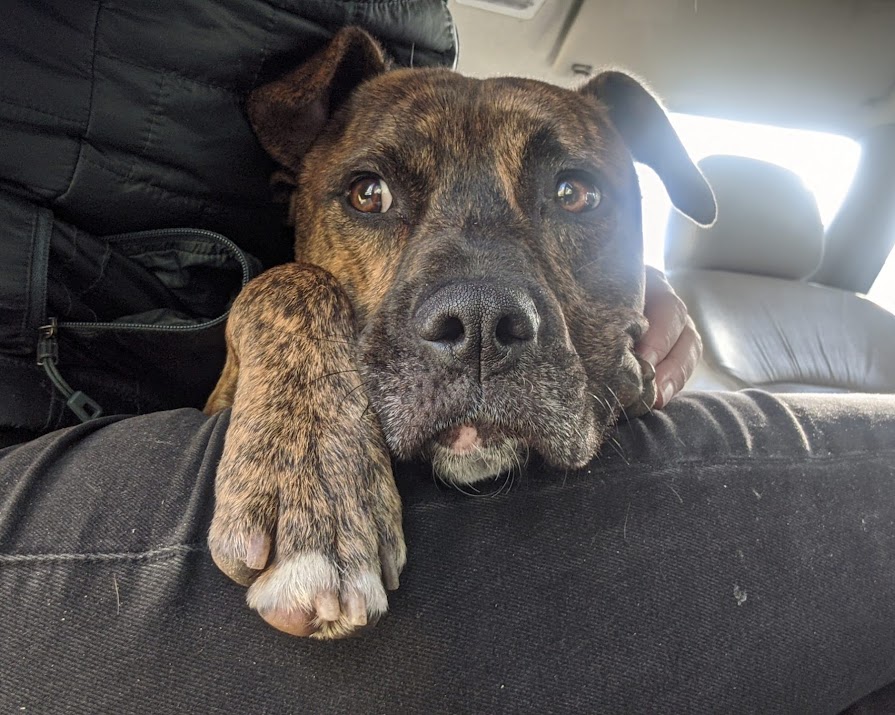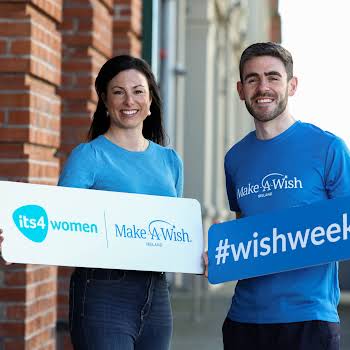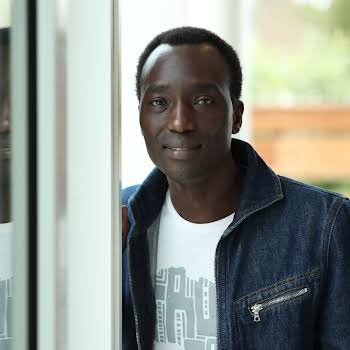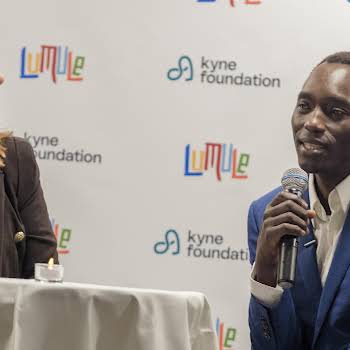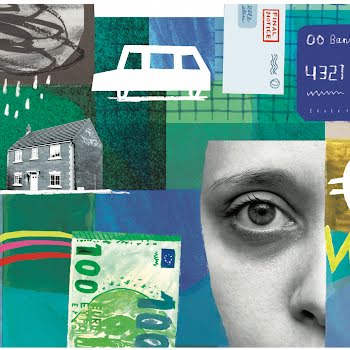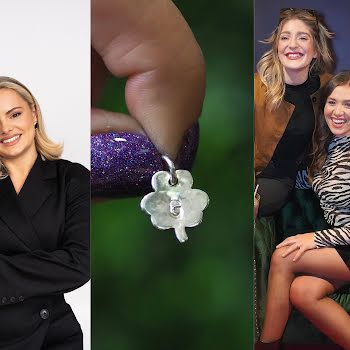‘On his first night, none of us thought it was going to work out’: The reality of adopting a rescue dog
Since the beginning of 2022, Dog's Trust has received over 500 requests to surrender a dog, averaging SEVEN calls a day. Here's what you need to know about adopting a rescue dog and why it'll be the best thing you ever do.
Dog’s Trust has been inundated with calls since the tapering off of Covid restrictions, starting in mid-December 2021, announcing at the time that they had an 83% increase in calls from people asking it to take their dogs. Unfortunately, as the world continues to open up, that number has not waned.
As many have returned to work, travel, school and other activities, there seemed to be less time for the animals they adopted during lockdown. Dog’s Trust said it has received more than 500 calls at the start of 2022 to take in dogs, averaging about seven phone calls a day. For pet charities like this, much of the blame lies at the hands of unscrupulous breeders who are selling dogs that are not well-matched to their new owners.

Dog’s Trust highlighted one such case, a spaniel called Maggie who was advertised as “100% hypoallergenic”. No dog can ever be 100% hypoallergenic, even if they don’t shed and Maggie was eventually surrendered by her owner.
This is more than double the Dog’s Trust adult dog capacity in their Dublin and regional rehoming centres, where they currently have 141 dogs awaiting rehoming and others who are still ongoing rehabilitation and training.
Adopting from a dog charity
This is amongst one of the many reasons you should adopt a pet from a charity rather than a breeder or farm. Not only are you giving a dog a new home, but most Irish dog charities have pretty strict requirements before you can adopt a rescue dog to ensure that they are a good fit for your home and lifestyle.
Typically, they have a set of basic requirements, such as a secure garden, committing to a certain amount of time at home as well log your exercise capacity. They’ll ask about your experience with dogs and try to ascertain exactly what kind of dog would best match your lifestyle. Not only will they suggest specific breeds, they’ll also put forward the dogs in their care that they feel would make a good fit.
It’s definitely a process, and many charities have received criticism for the specialised nature of their adoption programs. Too often, frustrated by what they see as “roadblocks” to getting a dog, people opt to buy a puppy instead, many unknowingly coming from disreputable puppy farms where dogs are kept in terrible conditions for the sole purpose of breeding for sale.
However, these requirements are designed to avoid exactly this situation. Charities are trying to ensure that a dog is a good personality and lifestyle fit for you, as the dog you might want might not have the temperament you desire. However, puppy farms, for which Ireland is notorious, don’t require that kind of information. They’ll happily give a gorgeous hound puppy to an apartment owner without a word of warning that these dogs love to bark, or an over-bred French bulldog to a young family who might soon struggle with expensive veterinary bills.
In 2021, Dog’s Trust rehomed 862 dogs. Buster is one of them.
Adopting our dog
We adopted Buster from Dogs Trust in December 2020. We had a boxer who had passed away in 2019 and it took a year before we felt ready to bring a new dog into our lives, which happened to coincide with the Covid canine adoption boom. We decided we wanted a Staffie of some kind because we knew we could manage a big dog and bull breeds are often the ones left behind.
Buster arrived at our house in the Dogs Trust bus on December 3, 2020, skittish and with a resource-guarding issue, which had been flagged to us ahead of time. This meant, unused to having toys or things of his own, he would fiercely protect anything he considered his. He was okay with food but if you tried to pick up anything near him on the floor, whether a new toy or your shoe, he would snap.

He had been found straying so we knew almost nothing about him, not his age or his past. He had clearly been a pet at some point – he could sit and give paw on request (in exchange for food, of course). However, he would back into a corner if you went anywhere near his hindquarters and was absolutely terrified of the new chain lead we had bought for him. So it likely hadn’t been a great home.
His first night with us, he refused to sleep in the palatial doggie bed we had prepped for him. Instead, he slept in a chair in the far corner of the living room, curling up so tightly he looks like a tiny baby deer, camouflaged in the leather seat by his brindle coat.
For the first few days and weeks, Buster had absolutely no interest in us. You could touch him but he didn’t really care for affection. Between this and the excessive guarding he had us all on edge, none of us was sure adoption had been the right call and we were in regular contact with Dog’s Trust who offered lots of support and encouragement.
This is all to say that it was not and still is not easy. Dog’s Trust was wonderful in their follow-up care, connecting us to its dog psychologist to talk us through managing his guarding issues. My brother in particular started working with him, training him, feeding him at regular times, playing with him and allowing him to just move among us.

They say it takes a rescue dog three days to decompress, three weeks to settle in and three months to feel at home.
We knew we would eventually warm to Buster as we got used to having a new dog around the house again, but we were completely unprepared for how much he would change. Slowly, he realised he was here to stay, that he could have multiple toys, be fed regularly and be given affection whenever he requested. You could physically see his body relax, the whites of his eyes disappeared and his ears, previously always on alert, flopped down.
It has been a total transformation from the growling, tightly wound, disinterested dog that came to us. Now, he likes to have a paw touching everyone as he splays, tummy exposed, on the sofa. He’s even a little too affectionate, especially with people on the street. He’ll inevitably shove his nose into the hand of anyone who gives him any kind of attention. I regularly wait for him on a walk, thinking he’s just having a good sniff of something, only to find him, paws on some stranger’s chest, getting his ears scratched.
His welcome, whether you’ve been gone for a month or just popped out to put out the bins, is one of our favourite things in the world and if he thinks he can get into your lap unnoticed, he’ll do his very best. He’ll tuck his head under your chin and then, with all the subtly of an elephant, shimmy his hind legs up, grappling up your shins until he’s comfy.

However, he is not perfect. He still lets out a low growl if you touch his bum unexpectedly and I have to warn others not to pet him there. He still chews things he shouldn’t. He does not like other dogs running up to him, he much prefers to ignore and be ignored. He won’t give you his toy (or your sock) without a fight but he trusts now that we’ll give it back and we trust that if we stick our hand in his mouth to fish out the dropped AirPod that is not food, he’ll eventually relent.
Nor are we perfect. I love his bouncy welcome when I come in but understands it spooks incoming guests. I get tense when a see a dog bolting towards him, putting him on alert before he even starts the interaction. But we all work at it. A dog is for life, as is the training and that applies to both of us.
Dogs are not just for Christmas or for a few months while you’re working from home. They take time, effort and commitment. If you’re thinking about getting a dog, please adopt a rescue dog from a charity. Not only do they want to find a good home for their dogs, but they also want to ensure it’s the right dog for you. Go through the process, answer the questionnaires, have the home visit. The result will be a dog that will thrive in your home and bring a new level of joy into your life. It’s so so worth it.











